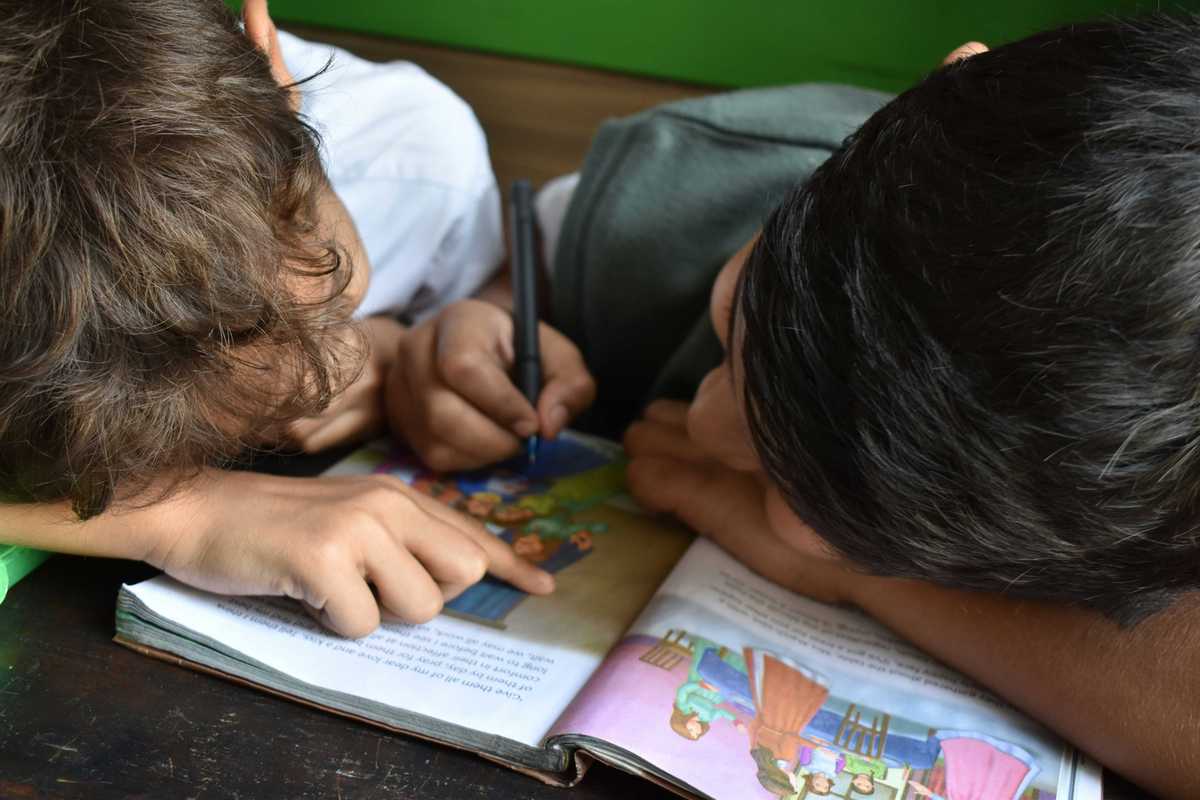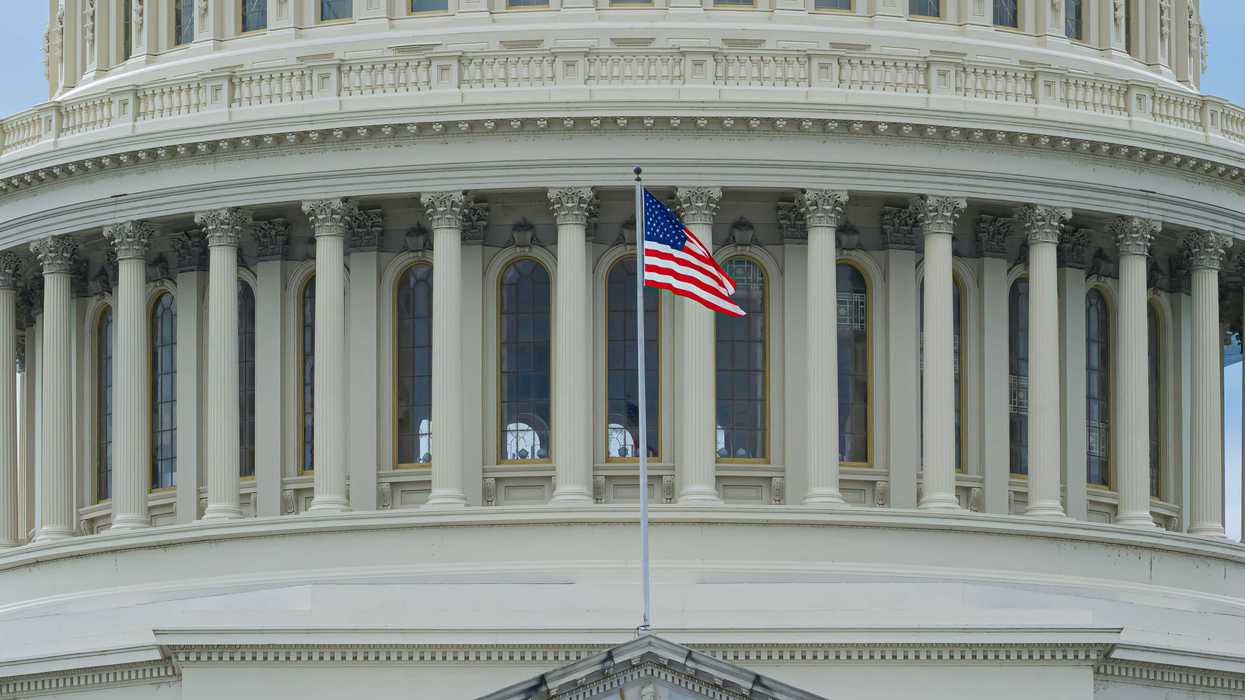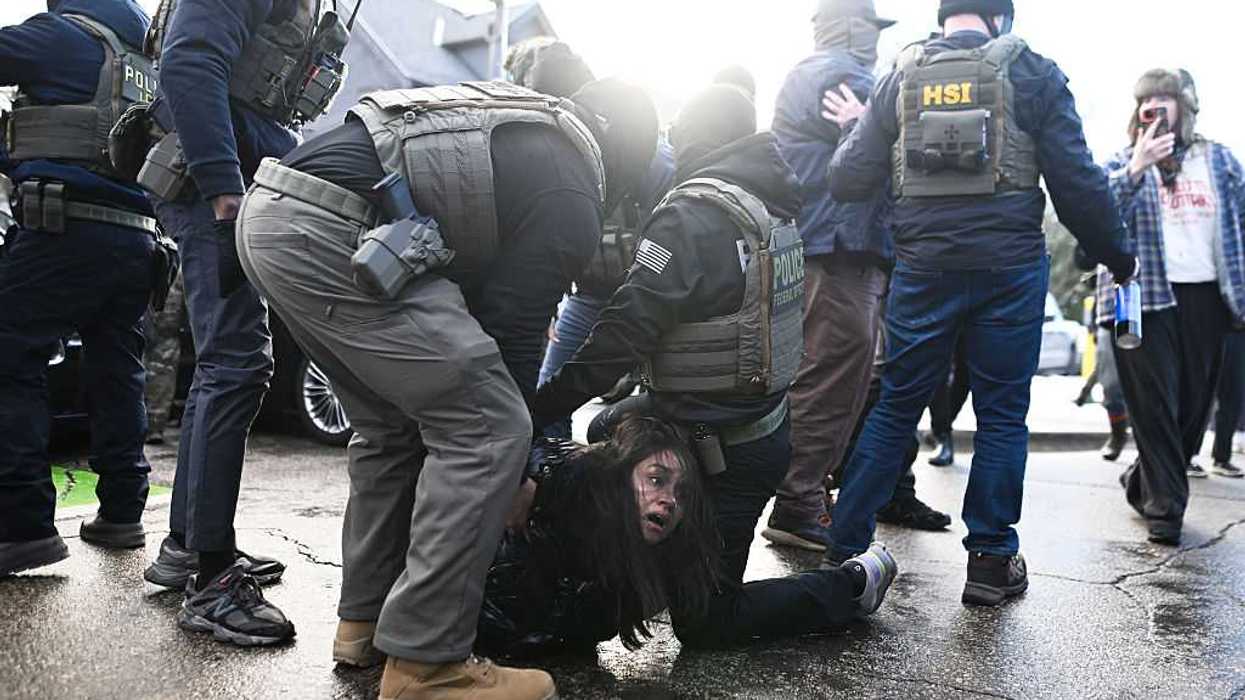While the results of the midterm elections will impact policymaking at the federal and state levels for the next few years, some contests will also affect how democracy itself is implemented at all levels of government.
Voters in many states had the opportunity to weigh in on not just abortion and gun policies but also voter ID rules, changes to campaign finance systems, ranked-choice voting proposals and even how ballot initiatives will be managed in the future.
The results are not all final, those contests that have been decided are full of conflicting results, which should not be surprising in a country that is divided into mostly red and blue states.
Ashley Spillane, co-founder of the Civic Responsibility Project, described Election Day as “a big win for democracy,” not only because many candidates who have claimed the 2020 election was fraudulent lost, but also because she saw many high points amid the ballot questions results.
“Another good sign is that voters in Michigan strongly supported an expansion of voting rights and election integrity. Connecticut voters supported a ballot measure that creates early voting in the state,” said Spillane, whose organization works with nonprofits and businesses to increase civic engagement. “Nebraska’s measure requiring photo identification to vote shows that voter suppression efforts will continue to be barriers between voters and the ballot box. Arizona and Nevada’s voting measures remain uncalled and a mixed bag.”
Ranked-choice voting was on the ballot in nearly a dozen jurisdictions – in cities, counties and states. While it didn’t pass everywhere, it did pave the way for a significant increase in the number of people who may use alternative voting methods in future elections.
"Ranked choice voting this week again showed why it's the fastest-growing nonpartisan voting reform in the country,” said Rob Richie, president and CEO of FairVote, which advocates for RCV.
Following is a breakdown of many of the ballot initiatives that will impact future elections.
Initiatives impacting initiatives
Among the many measures on the ballot in Arizona were three constitutional amendments that would change the very nature of how the state handles future initiatives.
Voters rejected the first of the three, which would have allowed legislators to change or defund ballot-approved laws if either the Arizona Supreme Court or the U.S. Supreme Court ruled them unconstitutional. Opponents had argued such a change would have given lawmakers too much power to override the will of the voters while supporters said it was necessary for fixing laws.
The two other proposals remained undecided as of Wednesday morning. With 59 percent of the vote in, 55 percent favored an amendment limiting future ballot initiatives to a single issue and 51 percent supporting raising the threshold for approving initiatives that create taxes to 60 percent of the vote. (The Legislature requires two-thirds for laws establishing taxes.)
Among the measures on the Arkansas ballot was a constitutional amendment to require a supermajority of 60 percent to approve future initiatives, whether proposed by the Legislature or driven by citizens. Voters rejected that proposal with 59 percent voting in opposition (with 87 percent of votes counted). According to Ballotpedia, 11 states require some form of a supermajority for constitutional amendments and none require it for citizen-led statutes (although there are a handful of carve-outs in Florida, Utah and Washington).
Colorado voters overwhelmingly approved a ballot initiative that requires future ballot measures related to income taxes to include the effects of such proposals. This new level of transparency passed with 71 percent support as of Wednesday morning when 80 percent of the votes had been counted.
Voting impacting voting
The people of Arizona remain narrowly divided over ID requirements for voting by mail. Currently, the law requires those voting by mail to sign their ballot envelopes; an initiative would also require them to include their birth date and government ID number. It would also require all in-person voters to show photo identification (existing law allows the use of two other items, such as utility bills, in place of a photo ID). With two-thirds of the vote counted, the contest remains too close to call: 49 percent in favor and 51 percent opposed to the proposal.
In San Francisco, Calif., voters opted to move municipal elections to even years, when turnout is about twice as high as in odd years.
Connecticut is one of four states that do not allow any form of early in-person voting, but that may change after voters overwhelmingly approved an amendment to the state Constitution permitting lawmakers to consider legislation establishing such a system. With nearly all votes counted, 60 percent voted “yes.” Alabama, Mississippi and New Hampshire would remain the only states without early in-person voting.
In Louisiana, voters will decide Dec. 10 whether to amend their Constitution to ensure local governments do not allow noncitizens to vote. No city in the state is among the handful across the country that allows such a practice. The Louisiana vote will take place on Dec. 10, because the state uses Nov. 8 as a primary election.
While the people of Michigan already have the right to vote early in person using absentee ballots, a constitutional amendment passed Tuesday will guarantee a nine-day early voting period for all voters. That measure also:
- Ensures military and civilian overseas ballots postmarked by Election Day are counted.
- Allows the use of drop boxes.
- Permits the use of an affidavit in lieu of a photo ID for voting purposes.
- Creates protections against voter harassment.
- Requires the state to be responsible for postage on absentee ballots.
The measure passed with 59 percent support (84 percent of votes were counted as of Wednesday morning).
Nebraska will become the 36th state to require some form of identification in order to vote, after two-thirds of voters expressed their approval for a photo ID requirement. It will be up to legislators to determine the exact form that requirement will take.
While the people of Louisiana have yet to vote on whether noncitizens may cast ballots, voters in Ohio decided that issue for themselves Tuesday, voting overwhelmingly to bar local governments from allowing such a practice. With nearly all votes counted, the measure had 77 percent support. The proposal comes in response to the people of Yellow Springs passing a measure in 2019 allowing noncitizens to vote.
Voting on ranked-choice voting
The city of Ojai, Calif., voted to adopt ranked-choice voting for future elections, as part of a broader move away from a district-based city council system. It had the support of 56 percent of voters as of Wednesday morning. It will be the eighth city in California to move to RCV.
Fort Collins, Colo., became the sixth – and biggest – city in the state to adopt ranked-choice voting, also known as instant runoff elections. It will be used for the city’s nonpartisan municipal elections beginning in 2025. The measure had the support of 57 percent of voters.
“This is a huge victory for Fort Collins voters,” said Anna Scanlon, campaign advisor for RepresentUs, a national nonprofit that supports RCV and other election reforms. “Because of the tireless work of our partners at RCV for Fort Collins and others, hundreds of thousands of voters will have a government that represents them – not special interests or political parties.”
Ranked-choice voting (also known as instant runoff elections) will soon debut in Evanston, Ill., after voters demonstrated overwhelming support for change. RCV will be used for mayoral, clerk and city council elections beginning in 2025. Separate primaries will be eliminated. With nearly all votes counted, the proposal had 82 percent support.
The people of Portland, Maine, chose to expand the use of ranked-choice voting. RCV is already used in state and federal elections, but will now be used for municipal elections as well. Support for the measure had 64 percent of the vote as of Wednesday morning.
The ballot measure that would move Nevada to open primaries with a “top five” ranked-choice general election remained undecided as of Wednesday morning. With 72 percent of ballots counted, 52 percent of voters favored the proposal. If the proposal passes, Nevada would become the third state – after Alaska and Maine – to implement ranked-choice voting for state and federal races (although not presidential contests). Even if the initiative passes, it would not be implemented yet. Nevada requires a second approval, which would be on the ballot in 2024 and that would pave the way for implementation in 2026.
In Portland, Ore., voters opted to dramatically reshape the municipal government by swapping out its system of administration commissioners for a more traditional city council that legislates with a mayor handling executive duties. But in addition to changing the form of government, the approved proposal also changes how officials will be elected. Portland will become the only major U.S. city to use proportional ranked-choice voting to elect the members of the city council, as well as the standard version of RCV to elect the mayor. “Yes” votes on the measure accounted for 56 percent of the total as of early Wednesday.
Elsewhere in Oregon, the voters of Multnomah County also chose to switch to ranked-choice voting. Two-thirds of voters supported the change as of early Wednesday.
In Seattle, Wash., the decision on whether to change voting systems for municipal elections remains too close to call. For the first time in the United States, ranked-choice voting and approval voting are competing head-to-head in the same jurisdictions. But first, the people of King County need to decide whether they even want to make a change. As of early Wednesday, voters were leaning ever so slightly toward leaving the current system intact. But if that shifts as more votes are counted, RCV appears poised to be the new system of choice, with 74 percent favoring that option.
About 160 miles to the south, the voters of Clark County appear to have rejected a switch to RCV. The proposal had support from just 42 percent of voters as of Tuesday night. Voters also seem to have rejected RCV in San Juan County, to the north, giving it just 43 percent in initial returns.
Decisions on money in politics
Arizonans also voted to put some limits on “dark money,” campaign spending by nonprofits that are not required to disclose their funding sources. A proposal known as “Voters’ Rights to Know” requires organizations that make independent campaign expenditures of at least $50,000 for statewide campaigns or $25,000 in other campaigns to disclose the source of any contributions in excess of $5,000. It had 73 percent support with two-thirds of the votes in.
The voters of Oakland, Calif., are on the way to using “Democracy Dollars” after overwhelmingly approving a plan to provide $100 in vouchers that can be used to fund local campaigns. All eligible people will receive four $25 vouchers that can be distributed to local candidates of their choice, similar to a program being used in Seattle. The program won the support of 69 percent of voters.
“For too long, our elections have been funded by wealthy special interests and out of state donors. In recent years, over half of money raised by city council and school board candidates was from people who don’t even live in Oakland,” said Liz Suk, executive director of the reform group Oakland Rising. “Measure W will empower Oaklanders to have a bigger influence, and ensure candidates are listening to voters rather than special interests.”
In Portland, Maine, 65 percent of voters cast their ballots in favor of creating a Clean Election Fund, which would distribute public funds for local political campaigns. The measure also bars corporate contributions to candidates for local office and requires great transparency of campaign contributions. It garnered 65 percent of voters’ support.



















 On Jan. 6, 2021, a political rally turned into an insurrection as
On Jan. 6, 2021, a political rally turned into an insurrection as  Michelle Witthoeft, Ashli Babbitt’s mother, participates in a demonstration in support of insurrectionists who were arrested and charged following the January 6, 2021 attack on the U.S. Capitol. (Tasos Katopodis/Getty Images)
Michelle Witthoeft, Ashli Babbitt’s mother, participates in a demonstration in support of insurrectionists who were arrested and charged following the January 6, 2021 attack on the U.S. Capitol. (Tasos Katopodis/Getty Images)
